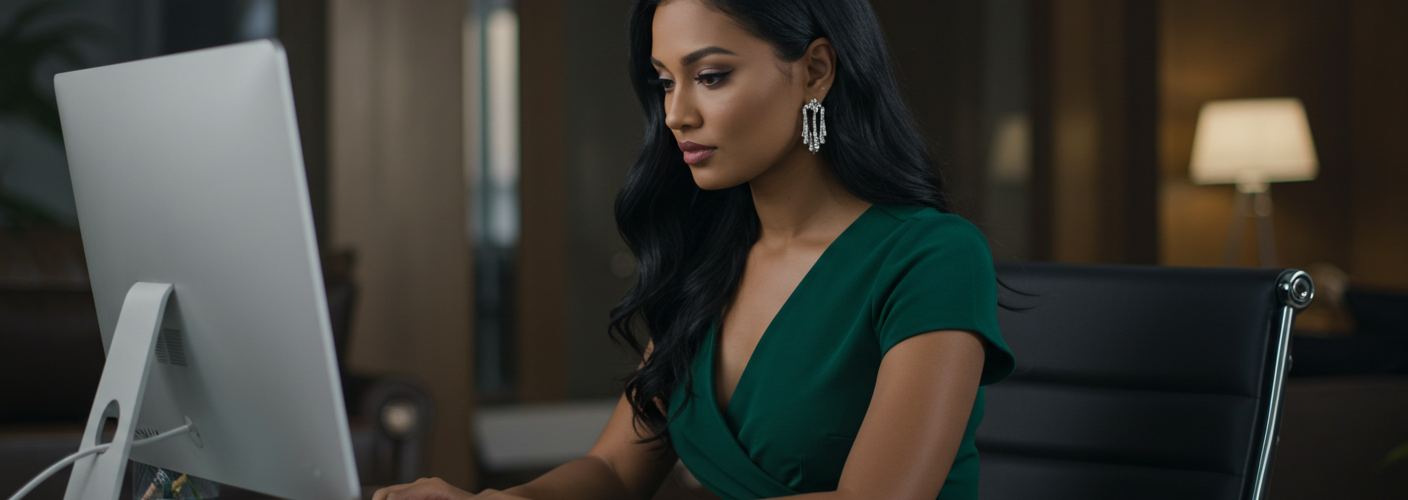In an age where remote work and digital collaboration have become the new norm, companies like Microsoft continuously seek to enhance user experiences and simplify interactions. With the recent introduction of a new ‘share screen’ button on the Taskbar in Windows 11, Microsoft is making it easier for users to connect with colleagues, friends, and family by sharing their screens through Copilot. This innovative feature not only streamlines communication but also elevates the functionality of Windows 11 as a platform for productivity and teamwork.
The primary goal of this new feature is to simplify the process of sharing your screen, reducing the number of clicks and steps required to initiate a screen-sharing session. Traditionally, the screen-sharing functionality could often be buried under several menus or options, leading to confusion and delays. With Microsoft’s addition of the ‘share screen’ button directly in the Taskbar, users can now access this feature with much more ease and efficiency. Placing this functionality front and center aligns perfectly with the broader movement towards seamless collaboration tools that enhance user experience.
The introduction of this button can significantly impact remote work scenarios where real-time collaboration is crucial. For instance, consider a marketing team scattered across various locations working on a project together. With the new ‘share screen’ option, a team member can instantly share their dashboard, report, or presentation with just one click. This immediate access can help facilitate discussions, brainstorming sessions, and decision-making processes in a fraction of the time it would have taken previously.
One notable aspect of this feature is its integration with Copilot. By leveraging the capabilities of Copilot, users can interact with the shared content more dynamically than ever before. For example, users can navigate through presentations, highlight data, or adjust settings in real time, all while collaborating with others. The combination of Copilot’s assistance and the streamlined sharing process can lead to more productive sessions. Moreover, since Copilot utilizes AI to understand context and provide relevant suggestions, it can enhance the quality of collaboration by offering insights based on the shared content.
Security is always a crucial consideration when it comes to screen sharing. Microsoft has made significant strides in ensuring that its platforms remain secure while allowing for easy collaboration. The new screen sharing feature is designed with privacy and security in mind. Users have control over what they choose to share, enabling them to prevent unauthorized access to sensitive information. With the rise of hybrid work environments, safeguarding shared data has never been more important. Microsoft aims to instill confidence in users, knowing they can effectively collaborate without compromising their security.
Another appealing aspect of the screen sharing feature is its potential for educational settings. In today’s digital learning landscape, educators are continually seeking effective ways to engage students and facilitate learning. The ‘share screen’ button empowers teachers to make lessons more interactive by easily displaying educational materials, live demonstrations, or even student work. Students can collaborate on projects, share their screens during presentations, and receive immediate feedback from peers and instructors. This encourages a more participative learning environment that aligns with modern educational methodologies.
Furthermore, the integration of this feature into Windows 11 reflects Microsoft’s commitment to providing a cohesive user experience. The Taskbar has become a central hub for various activities on the operating system, and adding the ‘share screen’ button reinforces its role. In addition to screen sharing, users can access a range of functionalities from the Taskbar — from launching applications to managing notifications. Thus, this design approach enhances not only the usability of Windows 11 but also allows users to perform tasks more intuitively, significantly reducing the time spent navigating the system.
As Microsoft continues to innovate, this feature sets a precedent for future enhancements and functionalities. By focusing on user-centric design, the company demonstrates its understanding of the evolving demands of the workforce and the need for efficient teamwork solutions. Knowing that effective collaboration often hinges on technology that is easy to use, Microsoft appears to be well on its way to fostering an ecosystem that prioritizes the user experience.
This enhancement also illustrates how competition in the technology space propels improvement. As more companies enter the realm of virtual collaboration, features like the new ‘share screen’ button will become crucial differentiators. Organizations that are slow to adopt such advancements risk falling behind in delivering value to their users. Therefore, this move by Microsoft may encourage other tech giants to enhance their own collaboration tools as well, raising the standard for usability and functionality across the board.
In conclusion, the introduction of the ‘share screen’ button in the Taskbar on Windows 11 is not merely a small tweak; it is a significant advancement that aligns with the current trends of remote work and digital collaboration. By making sharing screens easier and more intuitive, Microsoft is positioning itself as a leader in the space, further enhancing the productivity and collaborative potential for its users. With security, efficiency, and user experience at the forefront, the new functionality promises to redefine how we share information and collaborate in an increasingly digital world. As users begin to embrace this feature, it stands to reason that Microsoft’s commitment to continuous improvement will only lead to further innovations that enhance our digital interactions.





Add comment